At Viral Loops, one of our core principles is the importance of lead generation before product launch. This is where the concept of prelaunch comes into play.
Running a prelaunch campaign may give you a batch of early adopters.
But beyond prelaunch marketing, you must know precisely who your ideal customer is—even when you don’t have customers yet.
Failing to define your target customers before launch is like shooting in the dark: you’ll likely miss your market entirely.
This guide on how to create a buyer persona explores methods for developing comprehensive, data-supported personas that help you accomplish three essential objectives.
When you create buyer personas effectively, you’ll be equipped to achieve:
- Discovering who your high-value target customers truly are
- Uncovering which product elements matter most to them
- Establishing the optimal price points they will happily accept
Creating detailed buyer personas gives you powerful insights about your target audience. These insights help you develop products people actually want and craft marketing messages that truly resonate.
Even before your first sale, buyer personas help predict which customer segments offer the greatest potential value.
Market research shows that companies that exceed lead generation goals are more likely to use buyer personas.
When you understand your ideal customer deeply, every business decision becomes more focused and effective.
What is a Buyer Persona?
Before diving into how to create a buyer persona, let’s clarify what it is and why data-driven approaches deliver superior results for your business.
Definition and Purpose
A buyer persona is a research-based profile representing your ideal customer.
It combines actual data from existing customers with market research to create a detailed portrait.
Though not depicting a specific real person, these strategic profiles contain factual information that deepens your understanding of your target audience and improves your connection with potential customers.
Unlike broad market segments, a buyer persona feels like a real person with specific needs and behaviors. Most businesses create multiple buyer personas to represent different customer segments.
Each persona includes demographic information like age, location, and job title, as well as deeper psychographic details about motivations and pain points.

The most effective buyer personas evolve. As you gain more customer data and market insights, your buyer personas become increasingly precise, helping you stay aligned with changing customer needs and market conditions.
Qualitative vs. Quantified Personas
The difference between basic and powerful buyer personas lies in their foundation.
Qualitative personas provide general characteristics with catchy names and stock photos. They might look good in presentations but often lack actionable depth.
Quantified buyer personas incorporate data-driven insights, including specific information about feature preferences, pricing thresholds, and behavioral patterns.
These detailed buyer personas help you make informed decisions about product development, marketing strategy, and sales approaches.
Creating detailed buyer personas requires combining customer interactions with analytics data. For new businesses without customer information, competitive analysis and industry research provide valuable starting points.
When properly developed, buyer personas align your entire organization.
From marketing teams crafting targeted campaigns to sales teams addressing specific customer concerns, everyone benefits from a mutual definition of your ideal customer profile.
Key Benefits of Data-Driven Personas
When you invest time in creating quantified buyer personas, your business gains significant advantages across all departments.
Improved Marketing and Sales Performance
Data-driven buyer personas help you target the right audience with resonant messaging. When your marketing strategy addresses specific customer preferences, your campaigns deliver higher conversion rates.
Studies show that businesses using buyer personas achieve 73% higher conversions than those without.
Your marketing efforts become more efficient when focused on channels where your personas spend their time. Instead of spreading resources across every platform, you can prioritize where your ideal customer is most active.
For sales teams, comprehensive personas provide crucial insights into customer pain points and motivations. This deeper understanding leads to shorter sales cycles and higher close rates for qualified leads.
Product Development and Pricing Optimization
Buyer personas provide invaluable guidance for product development.
By understanding which features your target customer values most, you can prioritize development resources appropriately, preventing wasted time on elements your customer base doesn’t need.
Personas also reveal insights about pricing sensitivity across different customer segments.
Some buyer types prioritize value and seek the lowest cost, while others willingly pay premium prices for specific features. This understanding helps you develop tiered pricing strategies that maximize revenue.
For startups and new product launches, buyer persona research validates that a market exists before significant investment. Testing your concept with representatives from your target audience provides early feedback that can save costly mistakes.
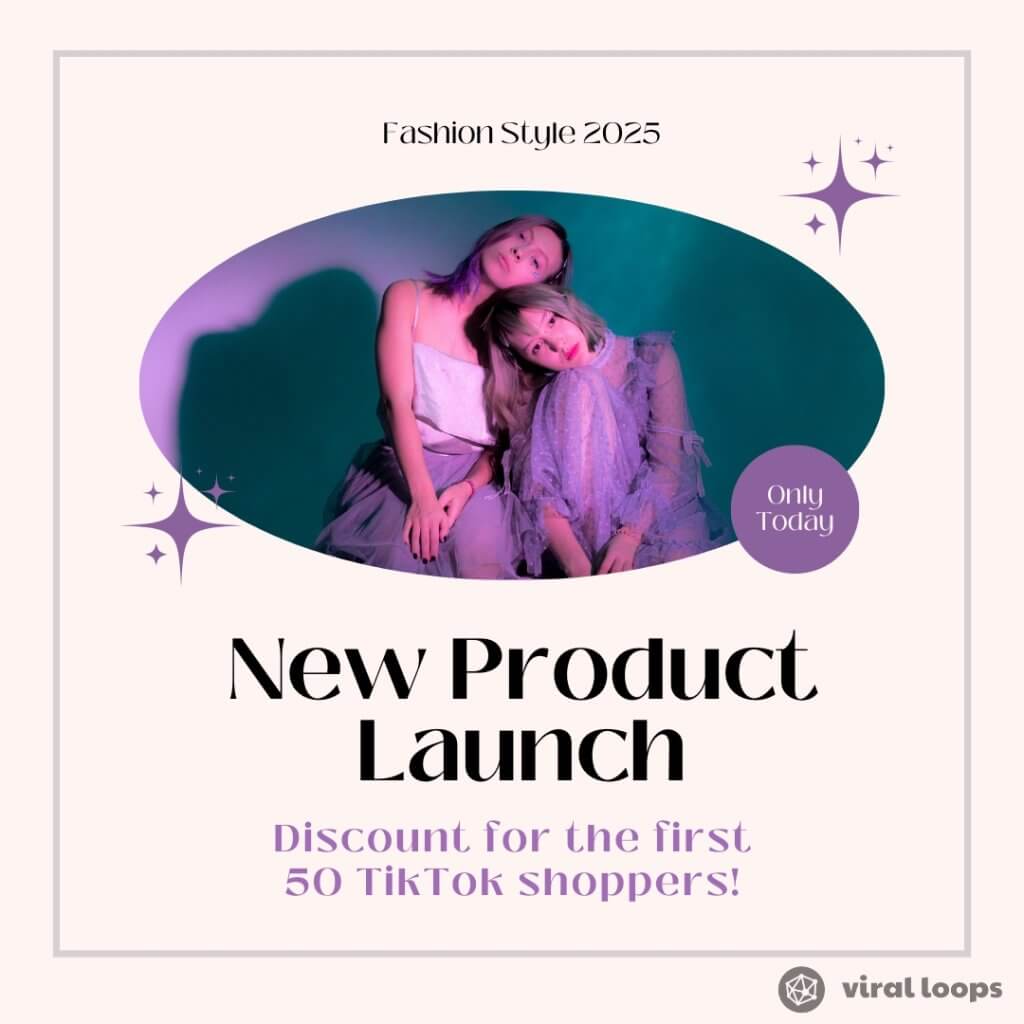
Cross-Organizational Alignment and Customer Retention
One of the most powerful benefits of buyer personas is their ability to align your entire organization.
When marketing, sales, product, and customer support teams share the same understanding of your customer, communication improves dramatically, creating a consistent customer experience across all touchpoints.
Customer loyalty improves when your business truly understands customer needs.
By addressing specific pain points identified in your buyer persona research, you build products and services that foster brand loyalty.
Loyal customers become advocates who refer others, creating a virtuous growth cycle.
Quantified buyer personas also help you identify your most valuable customer segments.
Not all customers deliver equal lifetime value; personas help you focus resources on segments with the highest potential return.
Essential Components for Effective Personas
Understanding how to create a buyer persona that truly drives business decisions requires focusing on the right components.
A comprehensive persona goes beyond basic demographics to capture the elements influencing purchasing behavior.
Here’s what to look into:
Core Demographic and Professional Elements
Every effective buyer persona starts with foundational demographic information, including age range, geographic location, and education level of your ideal customer within each segment.
Professional details become crucial identifiers, especially in B2B contexts.
Document each persona’s typical job title, responsibility level, and reporting structure.
Understanding where they sit within their organization reveals their decision-making authority and purchasing influence.

Company information provides essential context for B2B personas. Include details about industry, company size, and annual revenue to understand organizational constraints.
These factors often determine budget availability, approval processes, and implementation timelines.
Career trajectory offers insights into motivations and priorities. Is your persona climbing the corporate ladder or focused on professional expertise?
Their career goals often influence how they evaluate solutions and what benefits resonate most strongly.
Psychographic and Behavioral Characteristics
Brand loyalty factors indicate how your target customer approaches vendor relationships.
Some personas value long-term partnerships and resist change, while others constantly seek better options. This understanding helps position your offering appropriately.
Content consumption habits reveal how your persona gains knowledge and forms opinions.
Do they rely on industry publications, peer recommendations, or social media? These preferences guide your content marketing approach and channel selection.
Decision-making styles vary significantly across personas. Some make quick, intuitive choices, while others require extensive research and comparison.
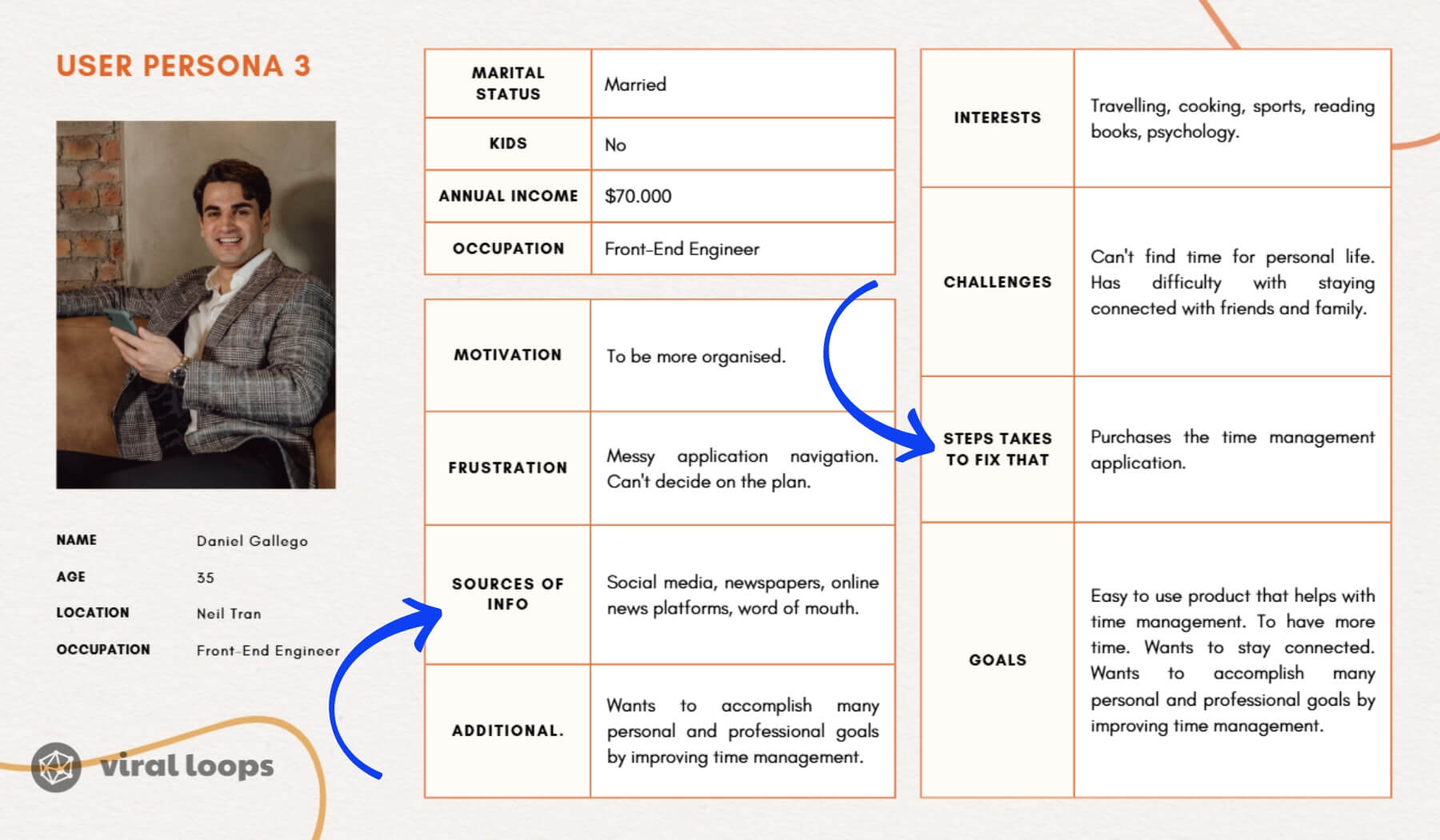
Mapping these styles helps your sales team structure appropriate engagement approaches for each type.
Communication preferences influence how your message should be delivered.
Some personas respond to data-driven, analytical presentations, while others connect with story-based approaches. Tailoring your communication style improves message receptivity.
Value Drivers and Purchase Influences
Customer preferences regarding features must be quantified across personas. Which capabilities are must-haves versus nice-to-haves?
This prioritization guides product development and helps marketing emphasize the most compelling benefits.
- Pain points represent the problems your product solves for each persona.
According to Zendesk, there are 4 types of pain points:
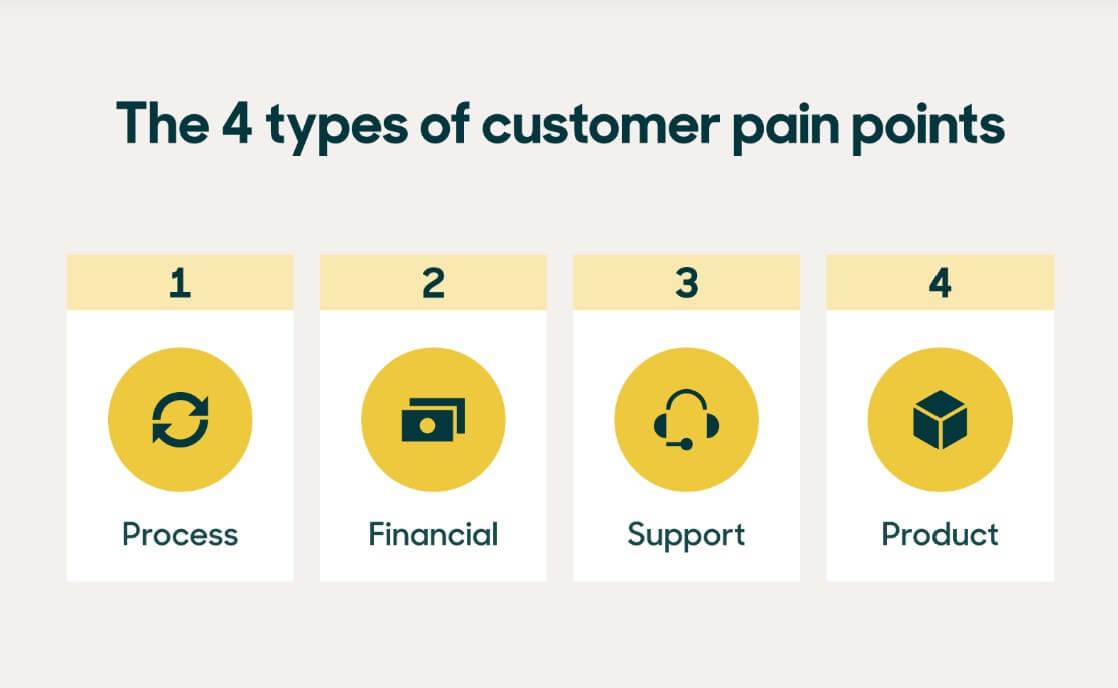
Document specific challenges and how these issues impact their personal and professional success. Effective marketing directly addresses these frustrations and positions your solution as the remedy.
- Buying triggers identify what events or circumstances prompt purchasing decisions.
These might include budget cycles, business growth, competitive pressures, or regulatory changes. Understanding these triggers helps time your marketing campaigns for maximum relevance.
- Objections and concerns provide valuable insight into potential obstacles.
Each persona typically has specific hesitations that must be addressed during sales. Documenting these concerns equips your sales team to handle objections before they derail progress.
- Value perception varies across personas, affecting price sensitivity.
Some customers prioritize quality regardless of cost, while others make decisions primarily on price. Documenting these differences helps develop appropriate pricing tiers and value propositions.
How to Create a Buyer Persona: Step-by-Step Guide
Creating detailed buyer personas requires systematic research and a structured approach. This process will help you identify your target market and develop actionable customer profiles.
Conceptualizing Your Audience Personas
Begin by gathering key stakeholders to brainstorm potential customer groups.
For a software company, this might include small business owners, enterprise managers, and freelancers.
Consider each prospective customer’s job title, challenges, and goals. What problems do they face that your product could solve?
Name and create a basic profile for each preliminary persona, aiming for 3-5 distinct personas to form a foundation for deeper research.
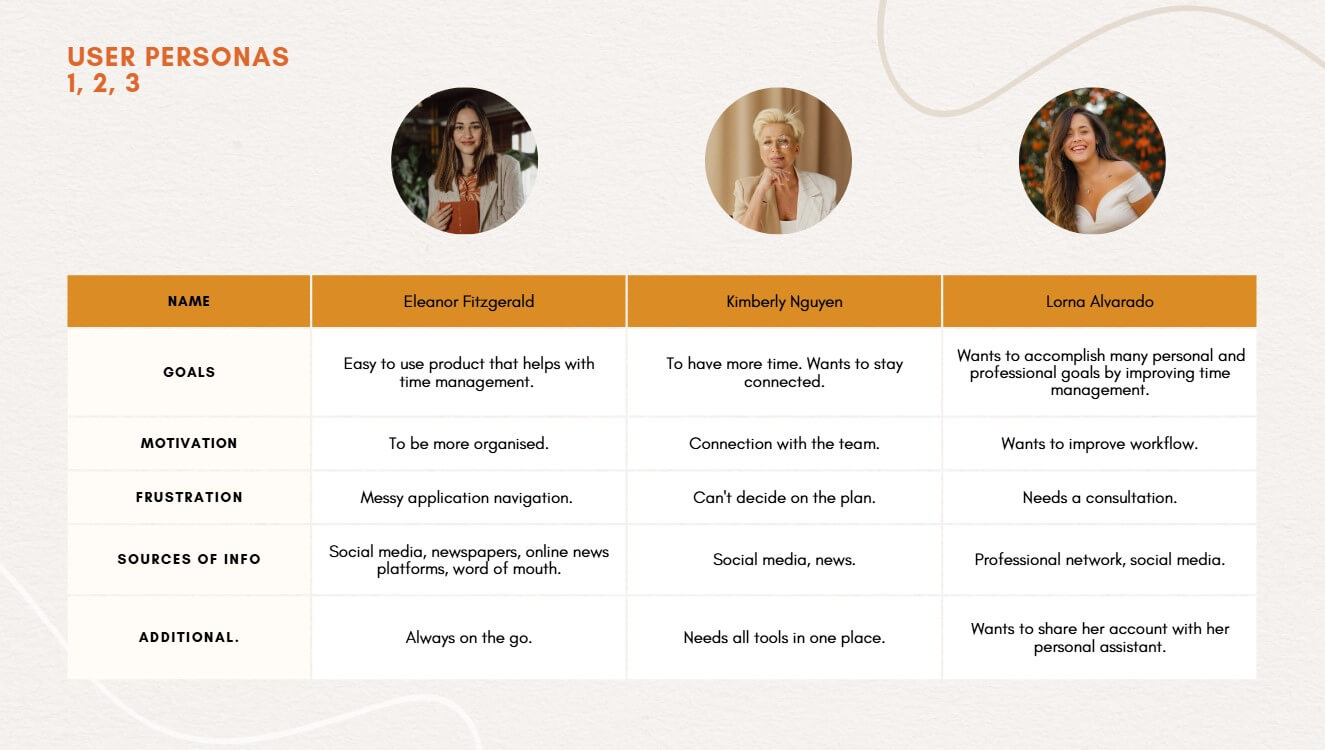
Collecting Customer Data Through Multiple Channels
For businesses with existing customers, analyze customer feedback from support tickets, reviews, and surveys.
Your customer support department can provide valuable observations from their daily interactions.
These insights are essential when you build buyer personas that truly reflect your actual customers.
Conduct customer interviews to gain qualitative insights about buying processes and decision factors. Prepare specific questions about challenges and how they evaluate solutions.
Social media platforms offer rich sources of audience data. Monitor social media conversations about your industry to understand what potential customers discuss.
Additionally, speak with your sales team about questions and objections they encounter from prospects.
Website analytics reveal behavioral patterns about your existing audience.
Review which content attracts visitors and where they spend time on your site. These insights help identify information needs across audience segments.
Creating Detailed Profiles and Validating Personas
Analyze the collected data to identify common characteristics across segments. Look for patterns in demographics, behaviors, and preferences that define distinct groups.
Create a buyer persona template for each identified segment. Include demographic information, job responsibilities, goals, challenges, and purchasing influences.
For B2B personas, include details like company size, industry, and role in purchasing decisions.
If you want to make it look good the first time, use free buyer persona templates from Canva. There are almost 10,000 templates to choose from, whether as image or video presentation.
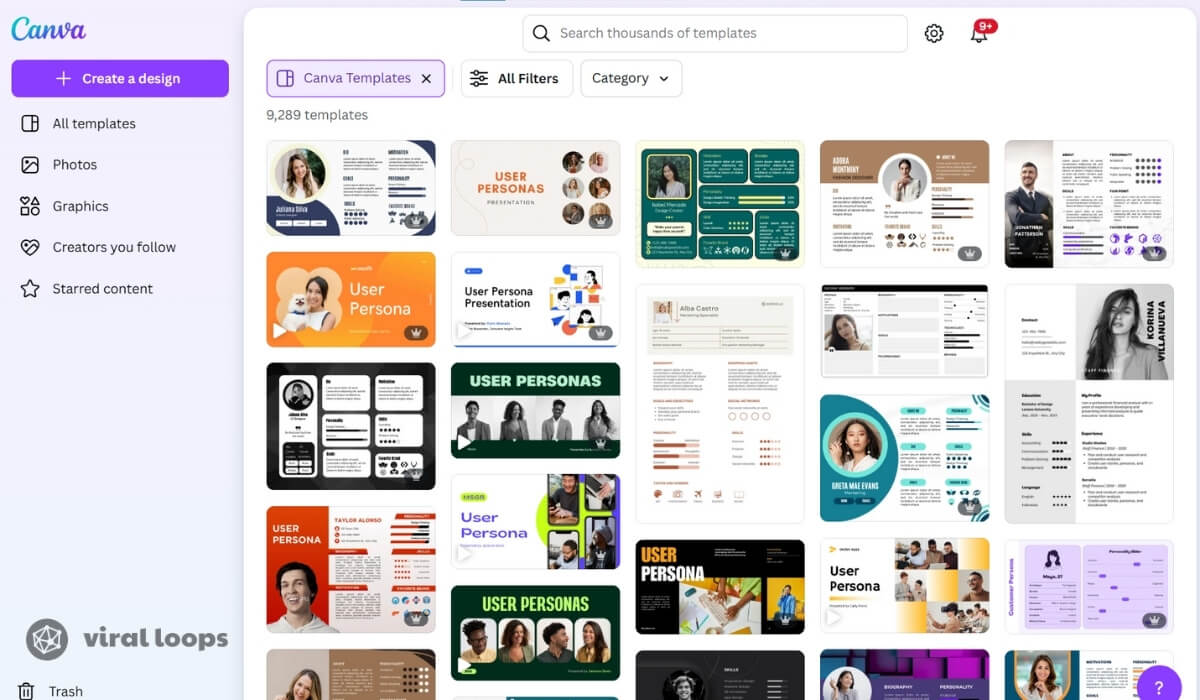
Validate your personas by testing them against additional customer samples.
Present your profiles to customer-facing team members and ask if they recognize these types. This reality check ensures your personas reflect actual customers rather than idealized versions.
Set a quarterly schedule to review and update your buyer personas based on new customer insights and market changes.
This should include identifying any negative buyer personas—customer types that consume resources but provide little value.
Determining Key Preferences and Pricing
To identify feature preferences, ask interviewees to make forced choices between options rather than rating everything on a scale.
This approach reveals true priorities and helps you understand what features truly matter.
For pricing sensitivity, ask targeted questions about budget constraints and perceived value.
The Van Westendorp method helps identify optimal price ranges by asking customers four key questions that reveal upper and lower thresholds.
This information shows how price relates to perceived quality and value across different segments.
Research Tools to Understand Your Target Audience
Developing accurate buyer personas requires the right research tools and methodologies.
When you create buyer personas, these resources help you collect meaningful data points to build profiles on real customers.
Digital Analytics and Audience Insights
- Website Analytics
These form the foundation for better understanding digital behavior patterns.
Tools like Google Analytics provide demographic information about visitors and reveal how they interact with your content.
You can track which pages get the most engagement and which content drives conversions.
- Heat Mapping
Heat mapping tools like Hotjar or Crazy Egg show how users navigate your site (scrolls and clicks).
These visual representations highlight where visitors focus their attention and encounter friction. Such insights help you understand user priorities beyond basic traffic statistics.
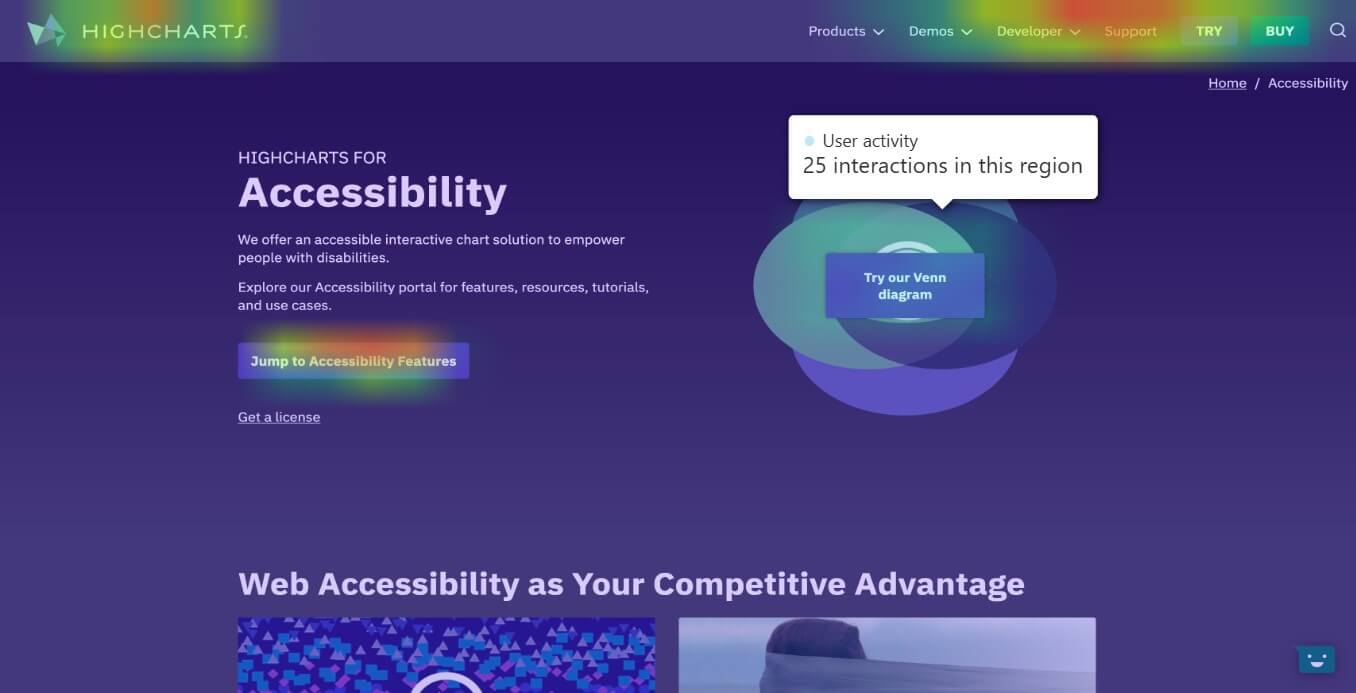
- Social Media Analytics
Social media platforms offer built-in analytics that reveal audience demographics and engagement patterns.
Facebook Insights, Twitter Analytics, and LinkedIn Analytics provide valuable data about who follows your brand and interacts with your content, helping you gain insights into content preferences across different audience segments.
- Email marketing campaign results
Email marketing campaigns generate data that helps refine your personas.
Analyze open rates, click-through rates, and conversion metrics across different subscriber segments to reveal which messages resonate with specific audiences.
Direct Customer Engagement Methods
Nothing better than getting it straight from the horse’s mouth.
- Surveys
Survey tools enable systematic collection of customer feedback. Platforms like SurveyMonkey, Typeform, and Google Forms allow you to gather quantitative and qualitative data at scale.
Design surveys that explore demographics, preferences, pain points, and purchasing habits.

- Interviews
Customer interviews provide deep, contextual understanding that surveys alone cannot capture.
Use video conferencing tools to conduct one-on-one conversations with current customers.
Record these sessions (with permission) to capture nuanced responses about motivations and decision processes.
- Focus group
Focus groups bring together representatives from similar customer segments to discuss shared experiences.
The interaction between participants often reveals unexpected insights about common challenges and preferences.
- Monitor User Experience
Platforms such as UserTesting.com enable you to watch genuine users navigate and engage with your product in real time.
These sessions capture authentic reactions and pain points that might not emerge in surveys or interviews.
Competitive and Market Analysis Resources
Competitive analysis tools help you understand the broader market landscape. There are several types tools you can use for this.
- Competitor Keyword and Content Monitoring
Platforms like SEMrush and Ahrefs reveal which keywords your competitors target and which content performs best for them.
This intelligence helps identify potential audience segments you might be missing.
- Social Listening Tools
Social listening tools monitor online conversations about your industry and competitors. This is only useful if you’ve already launched your brand.
Brandwatch, Mention, and Hootsuite allow you to track brand mentions and industry discussions across the web.
These conversations reveal pain points, preferences, and emerging trends of your potential customer base.
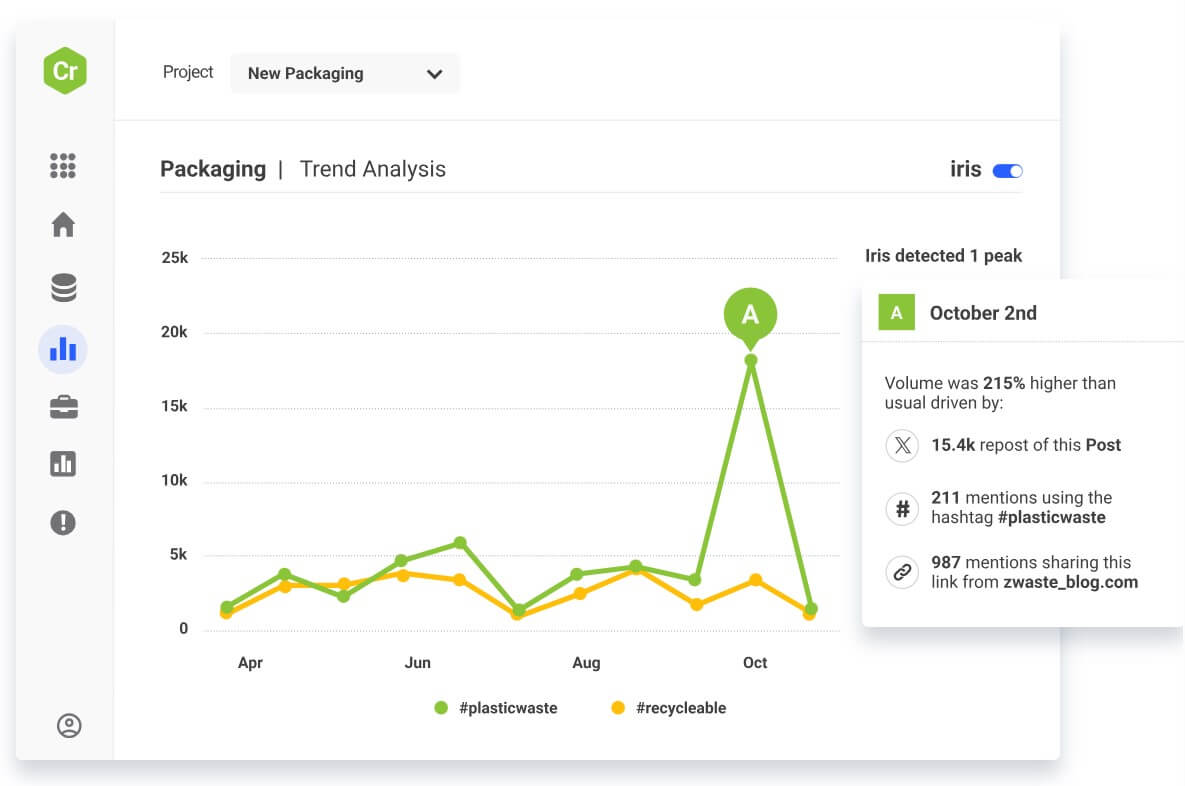
Market research reports from firms like Forrester, Gartner, and IBISWorld provide industry-wide data and trends.
These resources offer valuable context about your overall market and help validate your persona findings against broader industry patterns.
Customer review analysis tools aggregate feedback from multiple platforms.
By systematically analyzing reviews of your products and competitors, you can identify common pain points and desired features that different customer segments truly value.
Integrating Buyer Personas Into Your Referral Marketing Strategy
After developing comprehensive buyer personas, the next crucial step is putting them into action across your marketing initiatives, particularly in referral programs where understanding motivations is essential.
Aligning Referral Incentives with Persona Values
Different buyer personas respond to different types of referral incentives. Some are motivated by monetary rewards, while others prefer exclusive access or recognition:
- Analyze motivation factors for each persona based on your research. What truly drives their decision-making and sharing behavior?
- Create persona-specific reward structures that align with these motivations. For price-sensitive personas, direct discounts might work best, while status-oriented personas might prefer early access to new features.
- Customize referral messaging to highlight the benefits most relevant to each persona. The language that compels one customer segment may fall flat with another.
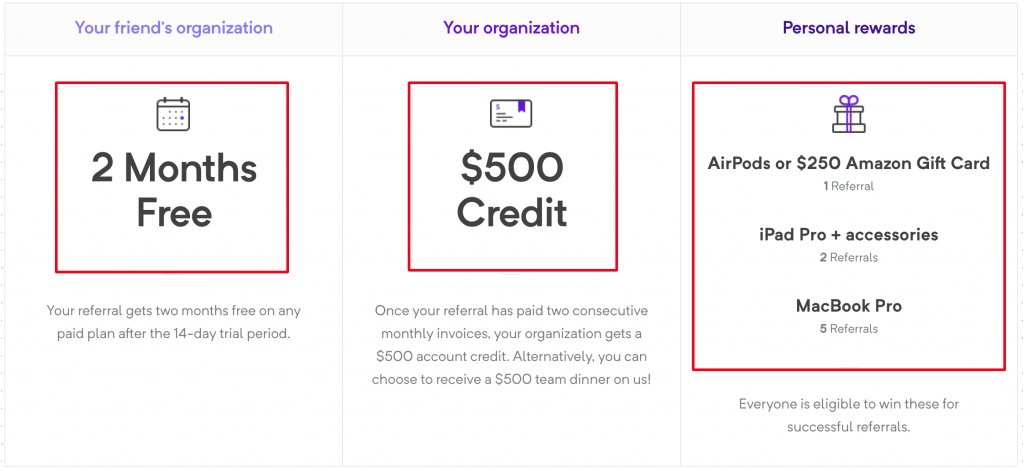
Building Streamlined Referral Experiences
The referral experience itself should reflect persona preferences in how they interact with your brand:
- Design sharing mechanisms that match your personas’ communication preferences. Some may prefer email, while others gravitate toward social media or messaging apps.
- Simplify the referral process based on your personas’ technical comfort level and available time. A busy executive needs a different referral flow than a tech-savvy early adopter.
- Create landing pages that speak directly to the needs and pain points of each persona. When referred prospects arrive, they should immediately recognize that your solution addresses their specific challenges.

Measuring Impact and Optimizing
Continuously evaluate how different personas engage with your referral program:
- Track referral metrics by persona to identify which segments generate the highest quality referrals and conversions.
- A/B test referral elements to optimize for each persona’s preferences, including messaging, incentives, and sharing methods.
- Gather feedback specifically about the referral experience to refine your approach for each persona.
Referral Marketing Tools like Viral Loops can simplify this implementation process by providing customizable landing page templates and tracking capabilities designed for different audience segments.
This platform integrates with existing marketing systems and offers real-time analytics to help optimize performance across different persona groups.
This approach has proven effective for thousands of businesses looking to leverage customer referrals without building complex systems from scratch.
Want to see for yourself how it works? Book a free demo today.
Translating Personas into Effective Pricing Strategies
Your buyer persona research delivers crucial insights for developing pricing strategies that resonate with different customer segments.
Strategic pricing based on persona data can dramatically improve conversion rates and revenue.
Aligning Price Tiers with Persona Preferences
Each customer persona values different aspects of your product and has unique budget constraints. Effective pricing structures acknowledge these variations instead of forcing a one-size-fits-all approach.
This is one of the main reasons why some companies use at least 3 levels of pricing plans, like in the example below:
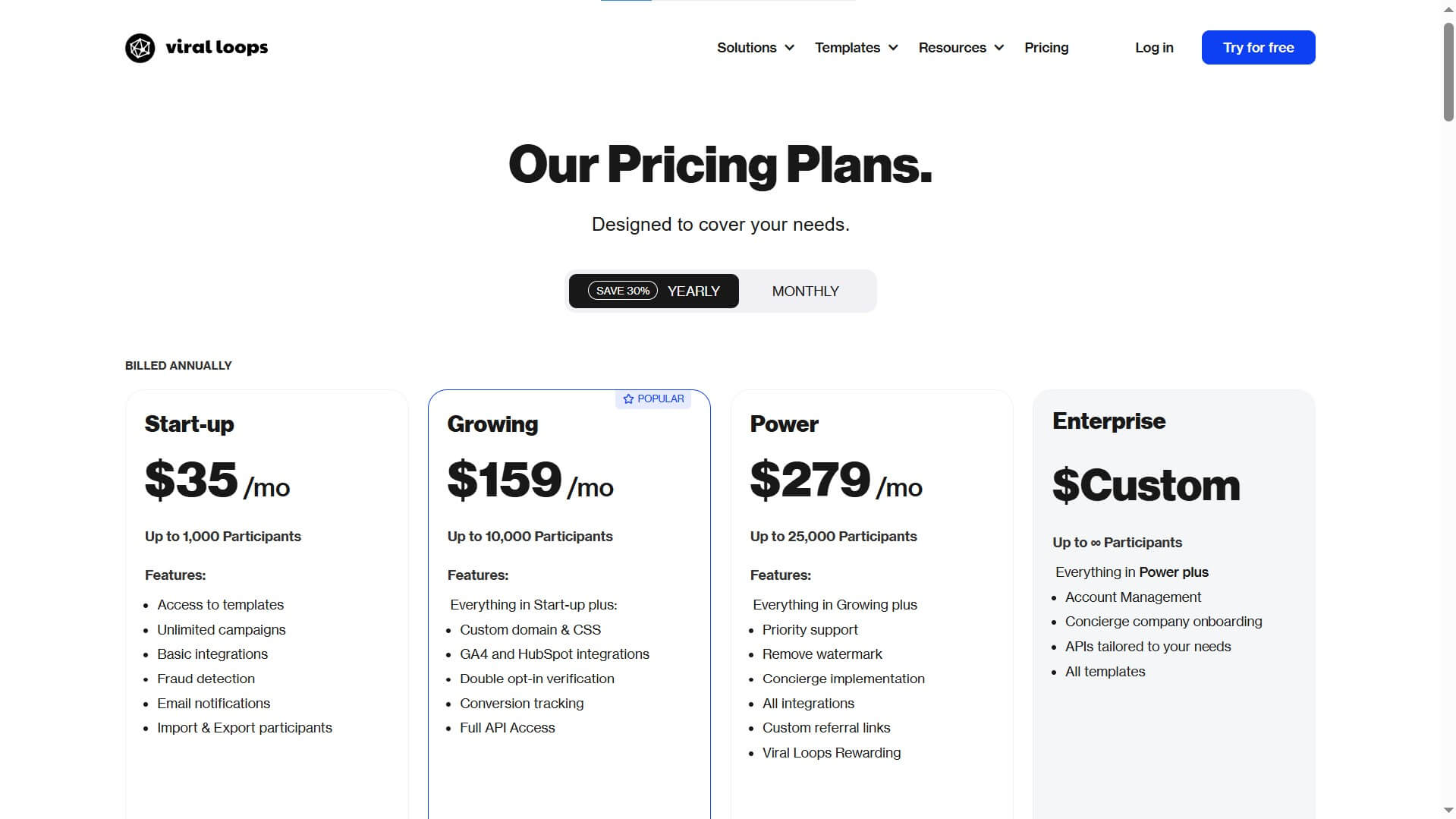
Here are some ways to create plans according to buyer personas:
- Entry-level pricing tiers should address the core needs of your more price-sensitive personas.
Focus on essential functionality that solves their primary pain points without overwhelming them with features they won’t value.
This approach makes your solution accessible to budget-conscious segments while still delivering meaningful value.
- Premium tiers should incorporate the advanced features your high-value personas prioritize.
Your target audience research likely revealed that certain segments will pay significantly more for specific capabilities or service levels.
These premium offerings often generate your highest profit margins despite representing a smaller portion of your customer base.
- Market the mid-tier as the best option to get the most value.
This should provde the best balance between price and value.
Using your buyer persona template as a pricing guide ensures your tiers reflect actual customer needs rather than arbitrary feature groupings.
Cross-reference feature preferences across personas to determine logical bundling tailored to specific customer types.
Communicating Value to Different Personas
Each customer persona responds to different value propositions when evaluating pricing. Your marketing messages should emphasize the specific benefits that are most relevant to each segment.
For value-driven personas, highlight cost-effectiveness and how it can address pain points in your pricing communication.
These customer personas often need clear justification for expenses and respond well to comparative data showing long-term savings or productivity gains.
Feature-focused personas respond better to comprehensive capability lists and technical specifications.
These customer types are often willing to pay premium prices for advanced functionality, so emphasize the exclusive features available in higher tiers.
Calculating Acquisition Costs for Different Customer Segments
Understanding the cost of acquiring each type of customer is essential for sustainable growth.
Different buyer personas often have significantly different acquisition economics, which can impact your marketing strategy.
Calculate customer acquisition cost (CAC) by persona and track marketing and sales expenses by channel and campaign.
Divide these costs by the number of customers acquired from each segment to reveal which personas are most expensive to convert.

Different customer personas typically respond to different marketing channels. Some may discover you through organic search, while others require targeted outreach or paid advertising.
By tracking these pathways, you can determine the most cost-effective channels for reaching each segment of your target audience.
The sales process also varies by persona type. Some customer personas make quick decisions with minimal interaction, while others require extensive nurturing and consultation.
These differences significantly impact your overall acquisition costs and should be factored into your CAC calculations.
Compare acquisition costs against each persona’s lifetime value (LTV) to determine which segments offer the best return on investment.
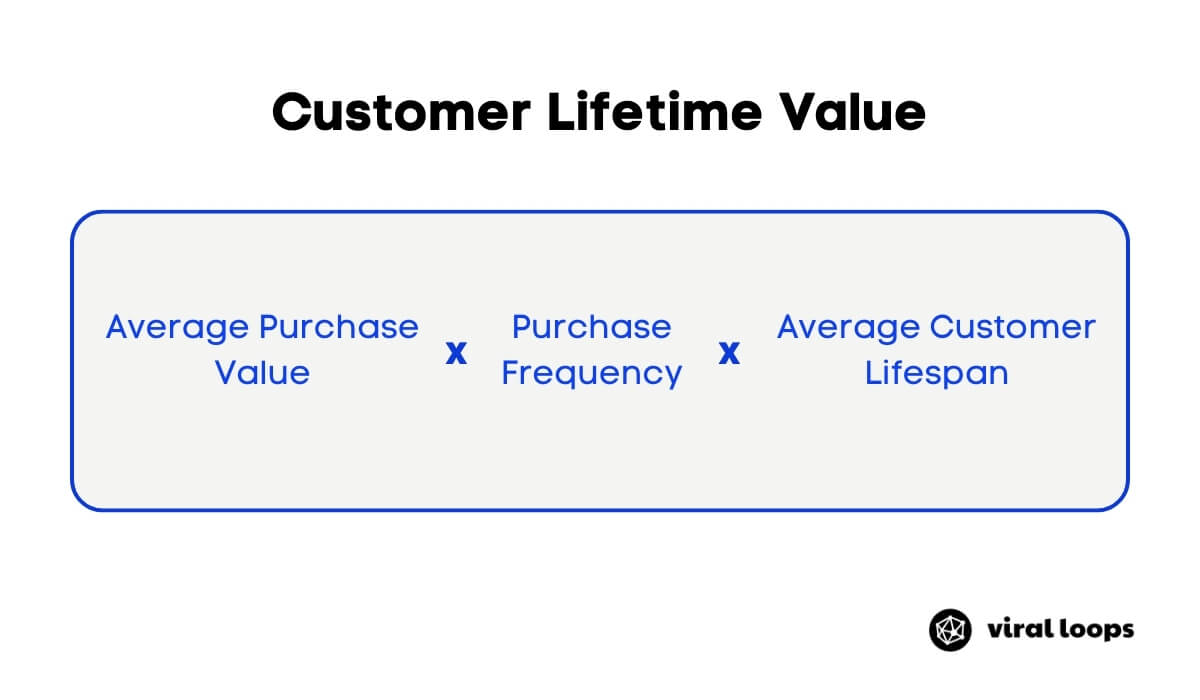
A sustainable business model typically requires an LTV ratio of 3:1 across your customer base.
If certain buyer personas show unfavorable results, you might need to improve conversion rates through better-targeted messaging, adjust pricing for these segments, enhance retention to improve lifetime value, or strategically deprioritize these personas in favor of more profitable segments.
Final Thoughts
Creating detailed buyer personas, while time consuming and complex, is essential for business success.
The process of creating buyer personas requires research, but the payoff in targeted marketing and product development makes it worthwhile. Quantified profiles provide data-driven insights about your ideal customer.
Remember that buyer personas need regular updates as your target market evolves. You should schedule periodic reviews to incorporate new user statistics and identify negative personas that might waste your resources.
Integrating buyer personas across your organization transforms theoretical profiles into practical tools.
These detailed customer representations guide decision-making and foster customer loyalty when properly implemented.
To maximize your persona work, use Viral Loops to create referral campaigns targeting your identified segments.
This referral marketing software makes it easy to develop customized initiatives that resonate with each persona’s motivations.
By aligning incentives with specific preferences, you leverage existing customers to attract more of your target audience.
Try it for free and start creating referral programs to find your ideal customers!
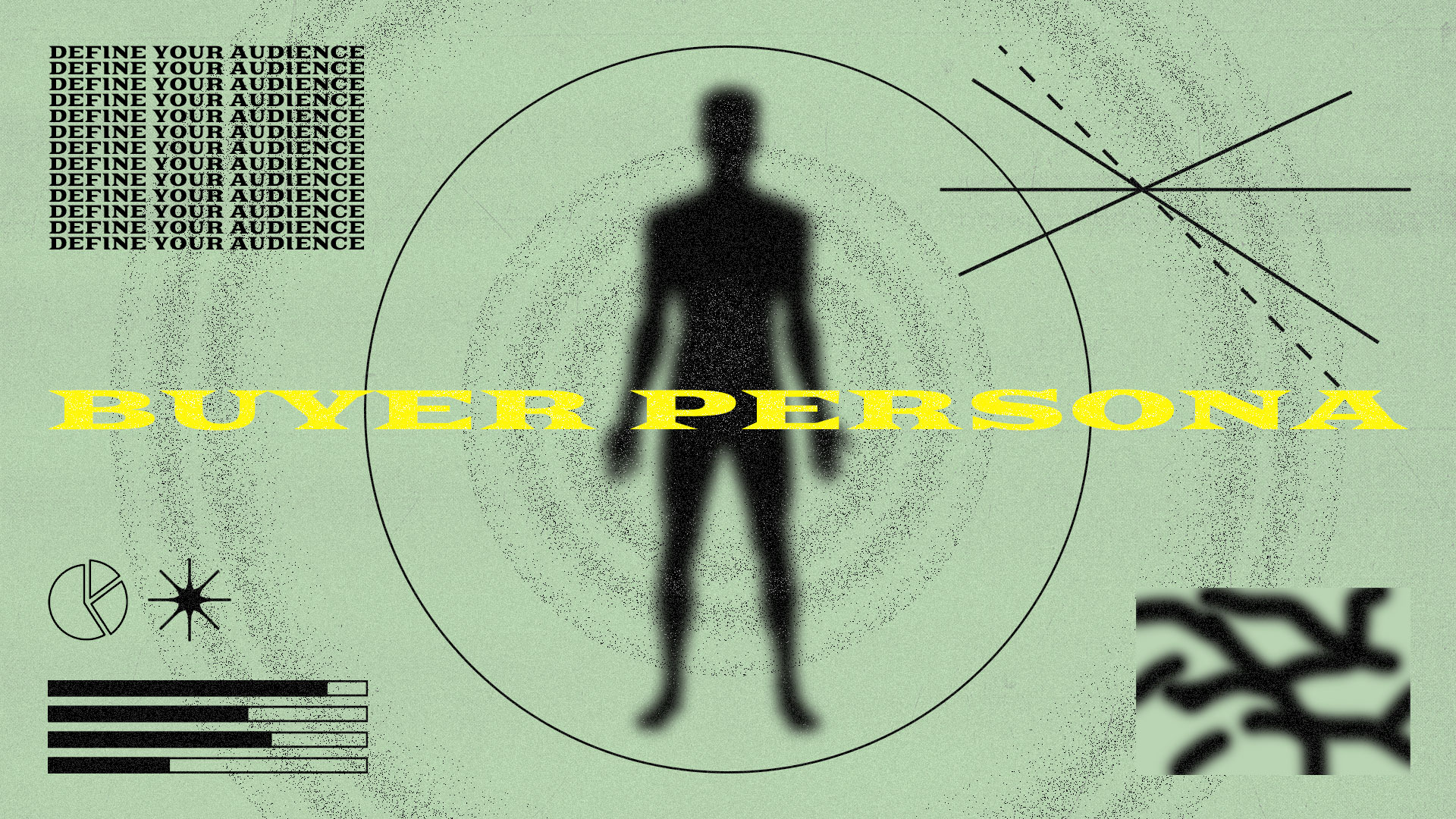
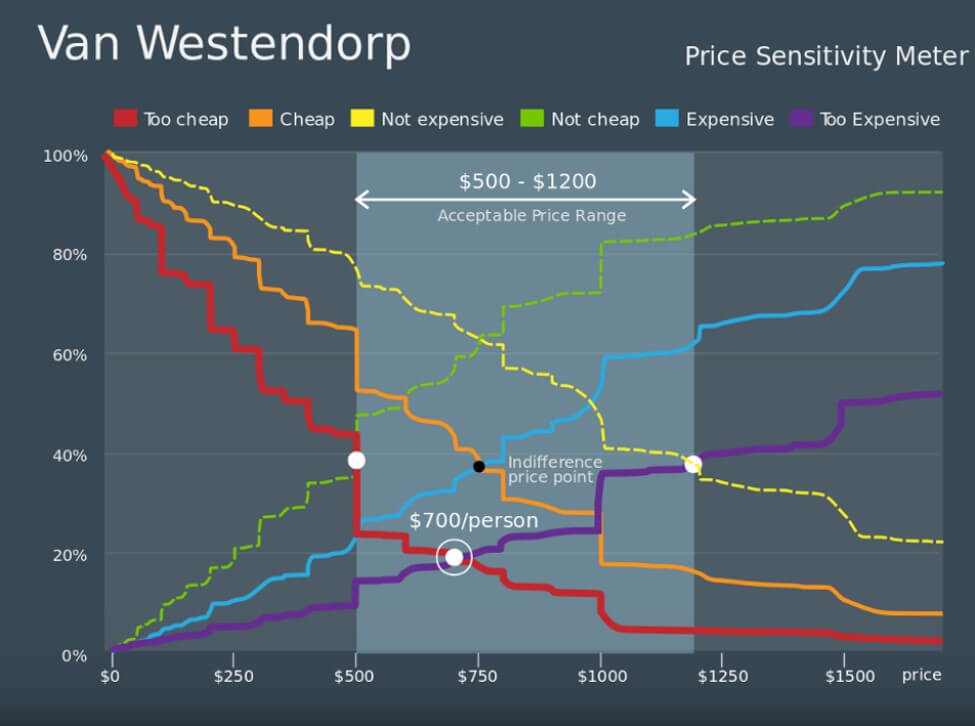
1 comment
Great insights Apostle!